5 extinct animals that used to live in Russia
Categories: Animals | Asia | History | Nature | Photo project | World
By Vika https://pictolic.com/article/5-extinct-animals-that-used-to-live-in-russia.htmlMore recently, a real tiger could be found in the Caucasus; and Moscow cynologists were engaged in breeding service dogs forgotten today. What happened to them?
5 PHOTOS
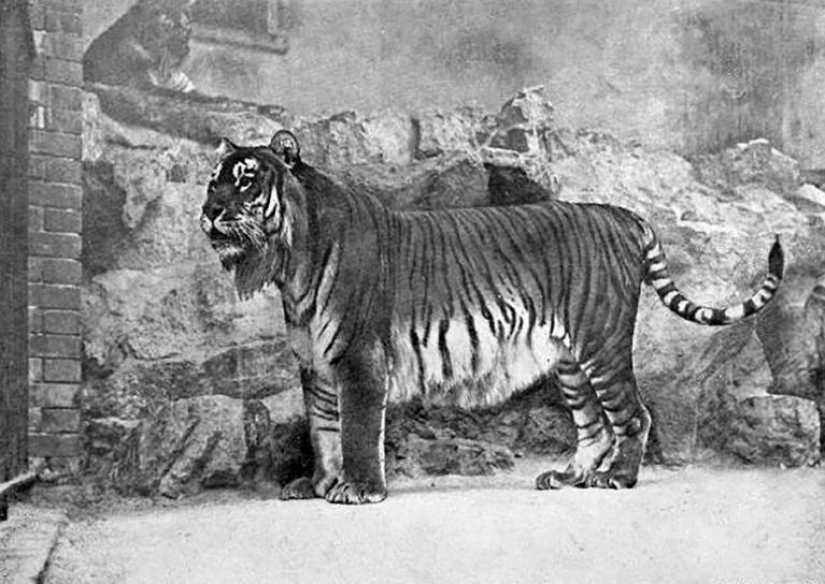
1. Although tigers generally prefer jungles and warm climates, the Amur tiger population lives in the Russian Far East and can tolerate the cold. However, less than a century ago, they had relatives living in the Caucasus and Kazakhstan, as well as in modern Turkey and even western China. The Caspian tigers were also called Turanian tigers. These were very large predators with bright red fur that lived along the banks of rivers among the tugai forests. In winter, the tigers grew "whiskers". In search of food, Caspian tigers could walk 100 kilometers in a day. In the 19th century, people turned the habitats of tigers into agricultural land, and predators practically disappeared, also due to the fact that they were hunted. According to some sources, the last tiger was seen in Tajikistan in 1958, according to others - in the 1970s in Turkey. However, the animal was considered extinct for a long time. Recently, scientists have proved the genetic relationship between the Amur and Caspian tigers, which allowed them to think about the possible revival of the population in Central Asia.
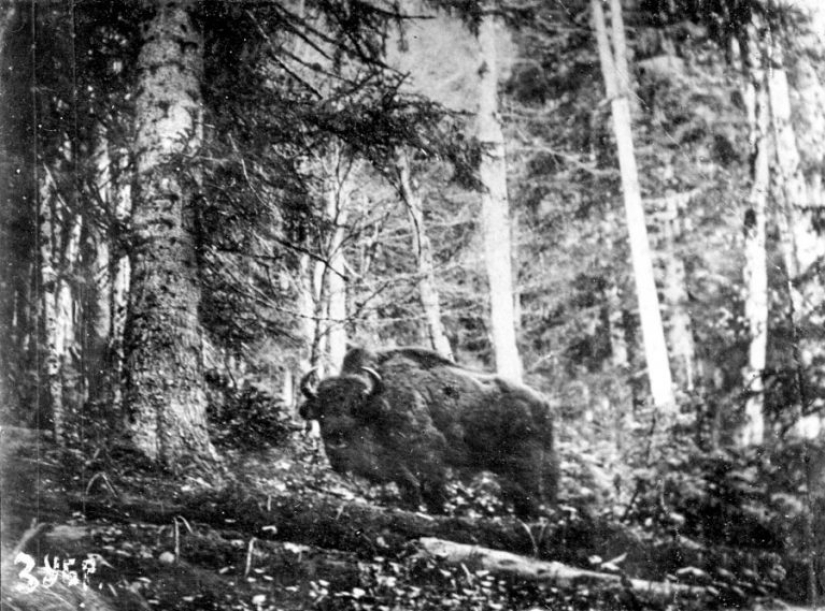
2. Bison, or European bison, are the oldest bulls on the planet, they are contemporaries of mammoths. Previously, the population was represented by two species: wild Caucasian and European forest bison. The Caucasian bison is smaller and has darker curly fur. Both species were common animals in European forests and the Caucasus Mountains, but their populations decreased every decade due to hunters, and at the beginning of the 20th century they were on the verge of extinction. Nevertheless, wood bison managed to be saved, as there were several of them in zoos. As for the Caucasian bison, things are much sadder here. He lived in the hard-to-reach mountain forests of the Main Caucasian Range. In the middle of the 19th century, 2,000 animals remained, and at the beginning of the 20th century, only 500 remained. The last wild Caucasian bison was killed by shepherds on Mount Alous (Krasnodar Territory) in 1927. After that, only one bison remained in the USSR - a cross between Caucasian and forest bison. It was no longer possible to restore the population, but Soviet scientists managed to breed the Caucasian forest bison, which occupied the ecological niche of the Caucasian species. Since the 1940s, a new species of bison has populated the Caucasian Reserve in the wild. Most bison have adapted to life at altitudes up to 3000 m, descending only in the cold season.
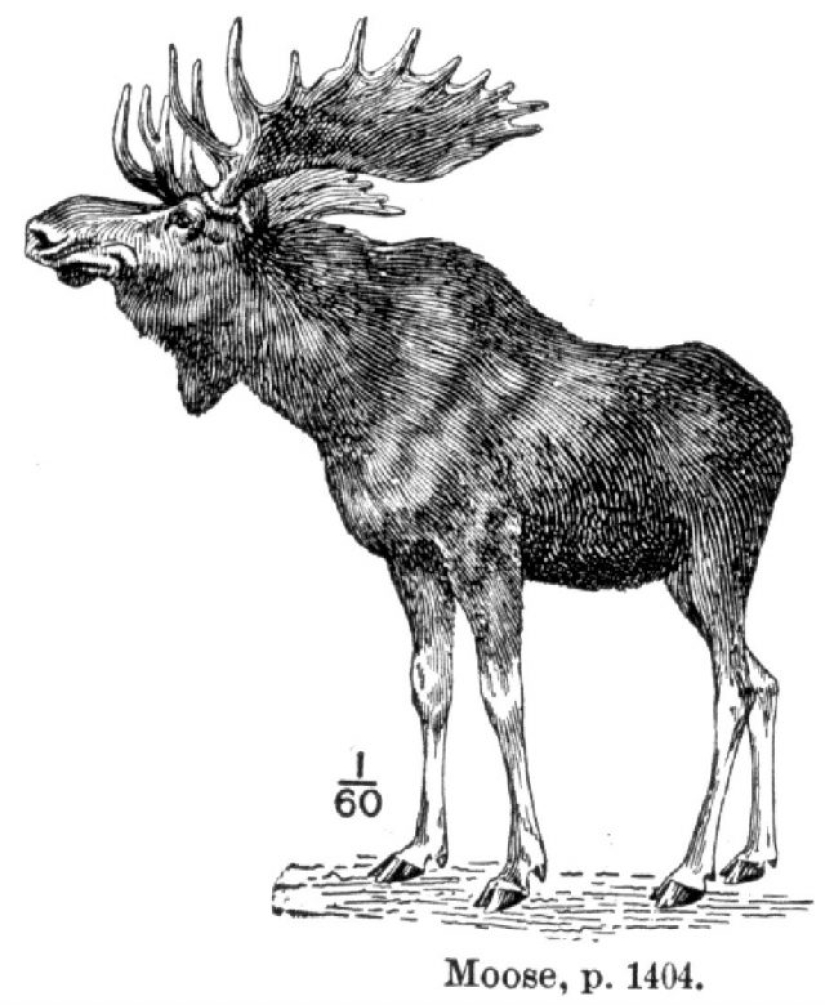
3. Another animal that lived in the mountains was the Caucasian elk. In general, moose are considered a northern animal, but several centuries ago, the southern border of their range reached the South Caucasus. The Caucasian elk was generally similar to its European relative but smaller in size. It is known that it was a very common animal in the Kuban (Krasnodar Territory) and the Caucasus, but in the 19th century, its population began to decline. Scientists can only judge what it looked like by its remains because by the beginning of the 20th century this species was completely exterminated by hunters.
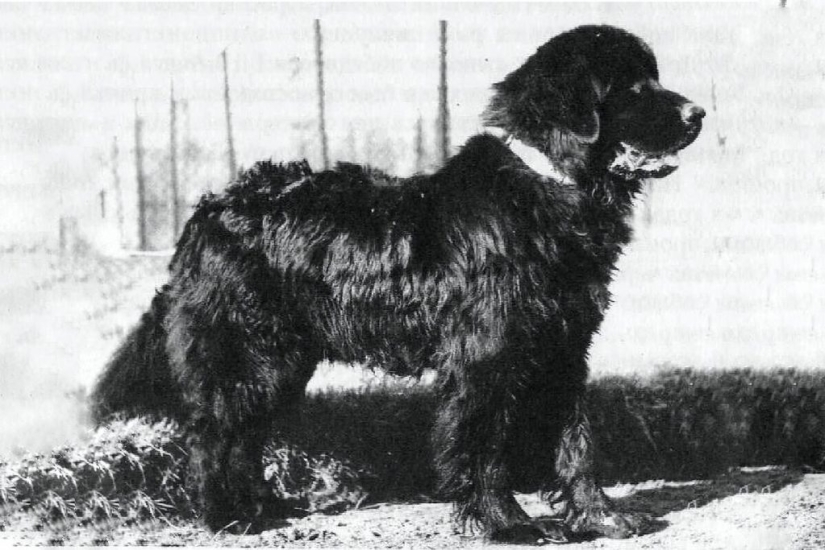
4. After the Great Patriotic War, there was a real shortage of working dogs in the Soviet Union, and cynologists tried to develop new breeds. One of them was called the Moscow diver, bred in the Krasnaya Zvezda kennel. The Newfoundland breed was taken as the basis, but with coarser fur (for a harsh climate) and highly developed muscles. They were first crossed with German Shepherds. For the first time, Moscow divers dogs were presented at a cynological exhibition in 1955, but they did not show themselves very well in operation. For example, at one time they were planned to be used for rescue on the water, but instead of rescuing a person, dogs attacked him. Breeding work ceased in 1979, and the breed was never recognized by the international community. In the late Soviet years, they were bred by amateur cynologists. However, to date, there are apparently no more Moscow divers left.
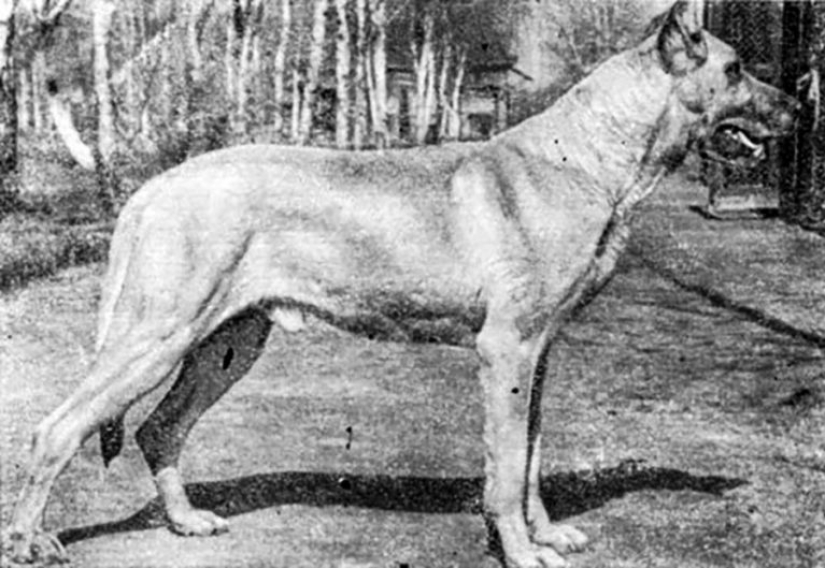
5. Another extinct dog breed is the Moscow Great Dane, which was also bred for service. The Great Dane was crossed with the East European Shepherd Dog, thanks to which this breed inherited the red color and wedge-shaped head shape typical of the Danes from the Shepherd Dog. In 1960, Soviet cynologists set the breed standard. In the “Handbook of Dog Breeding” of 1960, in the Moscow standard of the Great Dane with the image of the breed, it is indicated: height at least 65 cm, massive skeleton, well-developed muscles, thick coat, red color with a black “mask”. However, it was not possible to fix the breed and the offspring always turned out to be very different. So, the Moscow Great Dane was also forgotten.
Keywords: Extinct animals | Animals | History | Nature | Tiger | Wild animals | Dogs | Cynologists | Caucasus | Russia
Post News ArticleRecent articles

Girls from our collection could easily compete for the title of "Miss universe". And this despite the fact that they are all ...

Young Milla Jovovich in the arms of Michael Jackson - this shot from almost thirty years ago, published on the actress’s ...
Related articles

The Indochina Peninsula, located in southeast Asia, is a favorite place for tourists all over the world. Myanmar, Thailand, Laos, ...

General Dmitry Karbyshev — one of the Soviet commanders who performed his duty to the end. This man was captured in the battle, ...

No wonder they say that a kind word and cat pleasantly. Let it it will not show, but dogs happily respond to praise the master and ...

From explosions at the slightest collision to endless drifts without a scratch, cinema has long since devised its own laws of ...